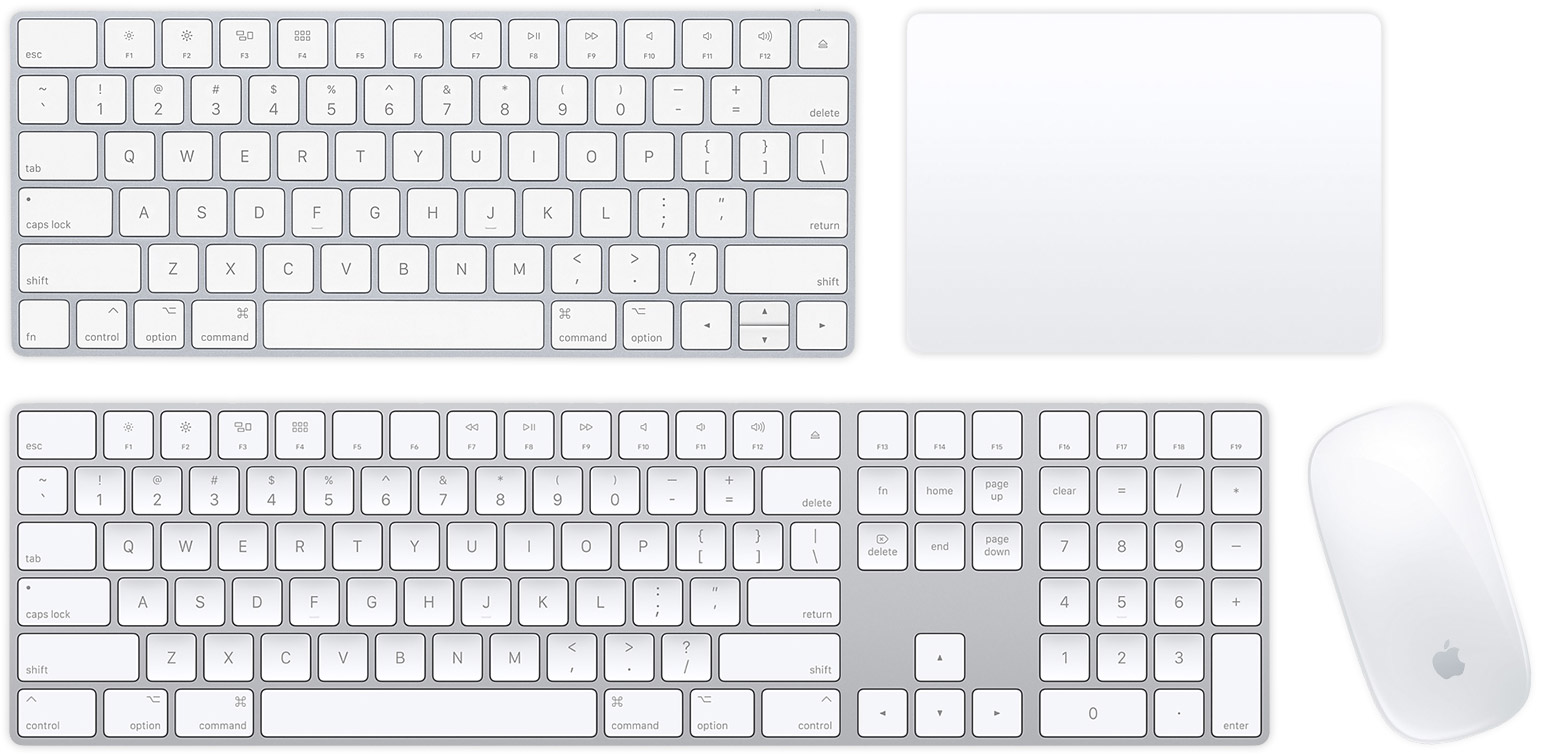Magic Configuration Steps For Mac

How To Check Mac Configuration
Table of Contents. MacOS screen zoom FAQ: Is there a way I can zoom in and zoom out my screen (iMac, MacBook, MacBook Pro)? Yes, you can “zoom in” or “zoom out” your Mac screen. I found this out by accident recently, and now I really appreciate this zoom feature, as many default font sizes on web pages are too small for me. Update: This article has been tested on Mac OS X (now macOS) systems from OS X 10.6 through macOS 10.12. Mac Pro and iMac zoom in/out commands If you’re using a Mac desktop system (iMac or Mac Pro) with a “normal” keyboard and a mouse with a mousewheel, just press and hold the control key, then scroll the mousewheel up and down, and you’ll see what I mean.
The entire Mac screen zooms in and out, just like the “software zoom” on a digital camera. Note: If this doesn’t work on your system, scroll down to the “Not working?” section below, where I describe how to fix this problem. To summarize, here are the Mac/iMac screen zoom commands: Zoom In: Press the Ctrl key and scroll up with the mouse. Zoom Out: Press the Ctrl key and scroll down with the mouse.
Magic Configuration Steps For Machine
Zoom in and out on a MacBook You can also zoom in and zoom out your screen on a MacBook Pro (or MacBook Air). Again, hold down the ctrl key, but this time take two fingers and swipe upwards on the trackpad area to zoom in, then use your two fingers to swipe downwards to zoom out. This is very cool. A lot of times I’ll find myself making text larger in Firefox by changing the font size ( command + to make the font larger, command - to make it smaller), but I prefer this Mac zoom-in/zoom-out approach. Zoom in and out with a Magic Mouse I just bought an Apple Magic Mouse for use with my iMac, and you can use it to zoom in/out just like you can use a mouse with a scrollwheel. Just hold down the control key, then slide your finger to the top or bottom of the mouse, and you’ll zoom in and out just like you would with a mouse scrollwheel. Look in Preferences If this tip doesn't work for you by default, take a look at your System Preferences settings.
On Mac OS X 10.9 (and possibly 10.7 and 10.8), I find it easiest to search for the word “zoom” inside of the System Preferences dialog, then go to the Accessibilities option that lets you click the checkbox that needs to be clicked. In the following image, the “1” indicates that the first step in the process is to search for “zoom,” and then the “2” shows the checkbox that needs to be clicked: Once you click the “Use scroll gesture with modifier keys to zoom,” you should find that the zoom-in, zoom-out feature works as I’ve described here. Preferences on older Macs On Mac OS X 10.6.x, follow these steps to set this preference:. Click the Apple icon in the menu bar.
Click System Preferences. Click the Mouse icon In that panel there will be a setting that says, “Zoom using scroll wheel while holding.”, and then you can select which key to use. Mine shows the “^ Control” key. This preferences panel is shown in the following image: This screen may be a little different on newer Mac OS X systems, but I’ve loaned my new MacBook Pro to a friend, and can’t look at it at the moment.

What is a Golden Triangle? It's not some mythical hero dressed in green tights that will rid your network of malware and save the princess. Nor is it a black hole that sucks up all the data that's lost when hard drives crash. A Golden Triangle refers to a configuration trinity between Microsoft's Active Directory (AD), Apple's Open Directory (OD), and OS X clients on a network. The goal is to leverage an existing AD infrastructure to provide DNS and user authentication while combining OD services, such as Profile Manager, to manage settings and preferences on OS X/iOS client devices. Since most organizations have established Active Directory infrastructures in place, it would be redundant to setup and manage similar services in a separate Open Directory master server — not to mention the possibility of configuration errors from incorrect setups that could potentially cause service disruptions. Additionally, separating the duties each directory server will manage means server resources shouldn't be as taxed, and that's always a good thing.